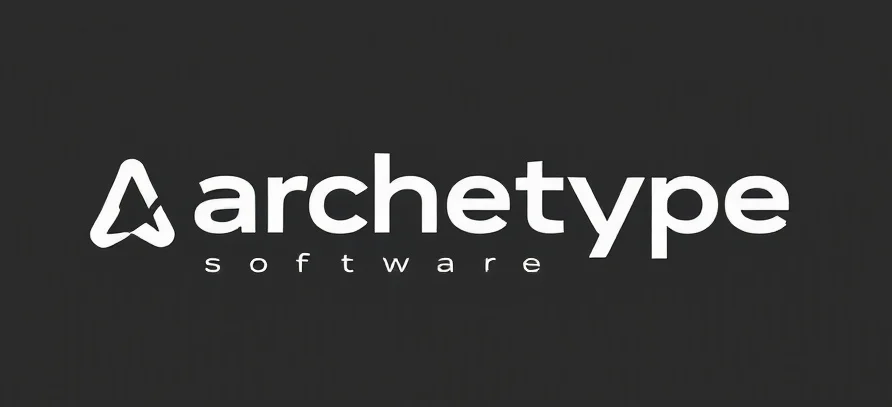Embarking on the Automation Journey: A Sci-Fi Geek’s Perspective
Imagine stepping into a universe where machines—not just robots, but intelligent systems—manage our daily lives, streamline complex processes, and even make decisions on our behalf. Sounds like something out of a sci-fi novel, right? Well, the reality of automation is quite similar, and understanding its different types can help us navigate this brave new world. If you’re curious about the foundational categories that define automation, I recommend checking out What are the 4 types of automation?. Today, let’s journey through these four distinct archetypes of automation, uncovering how each plays a role in transforming industries and our everyday lives.
The Four Archetypes of Automation
1. Fixed Automation: The Classic Robot
Picture a factory from the Industrial Revolution, where assembly lines hum with precision. Fixed automation, also known as hard automation, is all about creating systems that perform a specific task repeatedly with minimal variation. Think of an automotive assembly line: robotic arms welding car bodies, conveyor belts moving parts, and machines pouring, cutting, or assembling—each set up for a particular job. This type of automation is like the classic sci-fi robot designed for one purpose: efficient, reliable, and unchanging.
These systems are highly optimized for a specific task, but they lack flexibility. Once set up, they do their job tirelessly, but any change in the process often requires a complete overhaul. It’s perfect for mass production where the product doesn’t change much—think of it as the automation equivalent of a well-oiled machine in a dystopian future factory.
2. Programmable Automation: The Versatile Android
Now, picture an android or a humanoid robot from your favorite sci-fi universe—capable of performing different tasks based on programming. Programmable automation allows systems to be reconfigured for different tasks by changing their programming code. This type is common in manufacturing plants where the products vary, and flexibility is needed.
Imagine a robot arm that can switch from assembling smartphones to assembling laptops—by simply updating its software. This flexibility makes programmable automation ideal for batch production and scenarios where customization is key. It’s like having a versatile android that can be reprogrammed on the fly to adapt to new missions, much like how Starship crews adapt their roles depending on the mission.
3. Flexible Automation: The Adaptive AI
Enter the realm of adaptive systems—think of a futuristic AI that learns and evolves. Flexible automation is about systems that can adjust their operations automatically based on real-time data and changing conditions. This is where the sci-fi story gets even more exciting, with AI-powered systems that optimize themselves without human intervention.
For example, smart factories equipped with sensors and machine learning algorithms can adapt to supply chain fluctuations, machine wear and tear, or changes in demand. It’s akin to a self-aware robot that continuously learns from its environment and improves its performance, making it highly suitable for complex, dynamic tasks—like managing a spaceship’s life support systems or navigating unpredictable alien terrains.
4. Integrated Automation: The Cybernetic Conductor
Finally, picture a universe where multiple systems—robots, AI, human operators—work seamlessly together in harmony. This is the realm of integrated automation, where different automation types and systems are interconnected, coordinating their actions to achieve overarching goals. Think of a cybernetic orchestra, with each instrument (or system) playing its part in perfect synchronization.
This type of automation is common in large-scale operations—smart cities, global supply chains, or integrated defense systems—where multiple layers of automation work together to create a cohesive, efficient ecosystem. It’s like a cybernetic conductor guiding an orchestra of autonomous systems, ensuring they work together smoothly and adaptively, much like a starship’s command center coordinating its fleet.
In Summary: The Evolution of Automation
From the fixed automation of early factories to the flexible, integrated systems of today’s smart cities, automation continues to evolve rapidly—much like the progression of AI and robotics in science fiction. Each of these four types plays a vital role in shaping industries and our future, offering different levels of complexity, adaptability, and integration.
Understanding these archetypes helps us appreciate how automation can be tailored to specific needs—whether it’s a simple robotic arm on an assembly line or a sophisticated, self-learning AI managing entire ecosystems. As we stand on the brink of even more advanced automation, imagining these systems as part of a sci-fi universe makes it easier to grasp their potential—and their limitations.
So, next time you think about automation, picture it as an evolving galaxy of systems—from the steadfast fixed automations to the intelligent, integrated cybernetic networks—each with its own story to tell in the grand saga of technological progress.
Checkout ProductScope AI’s Studio (and get 200 free studio credits)
